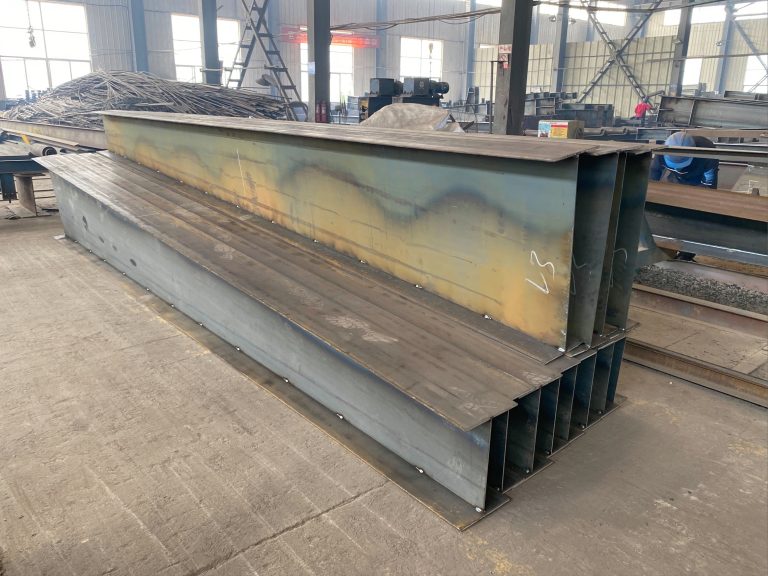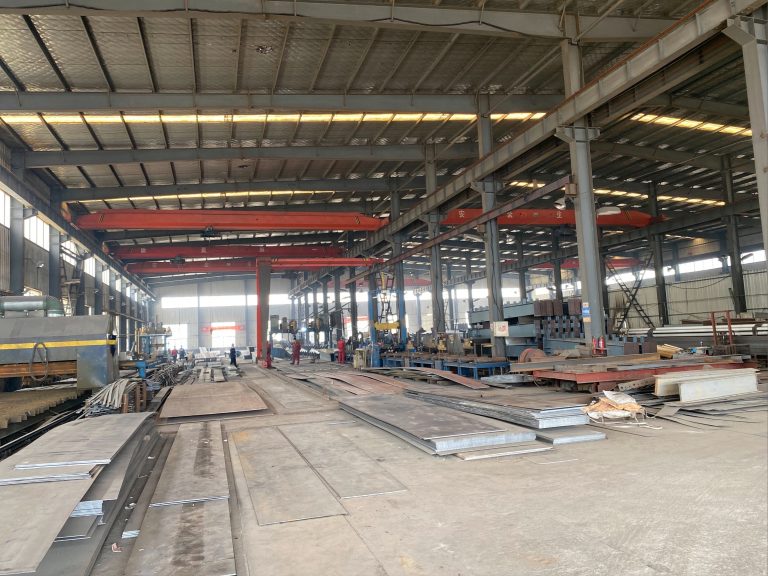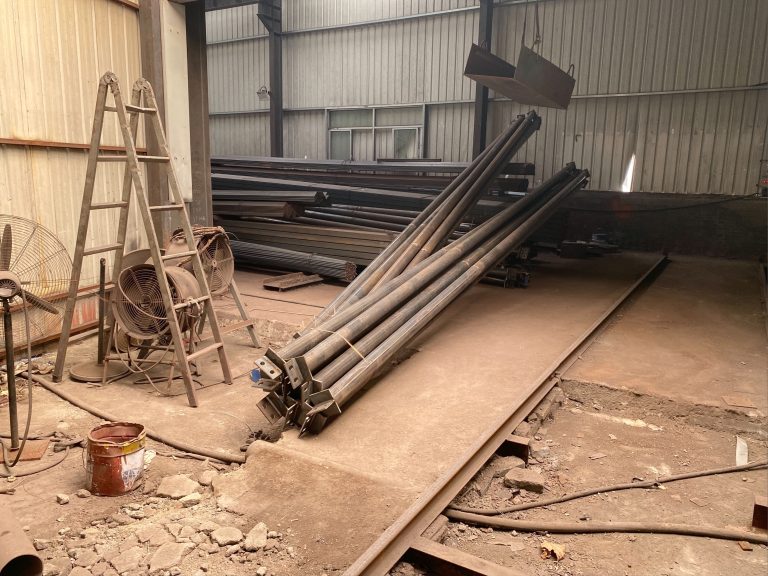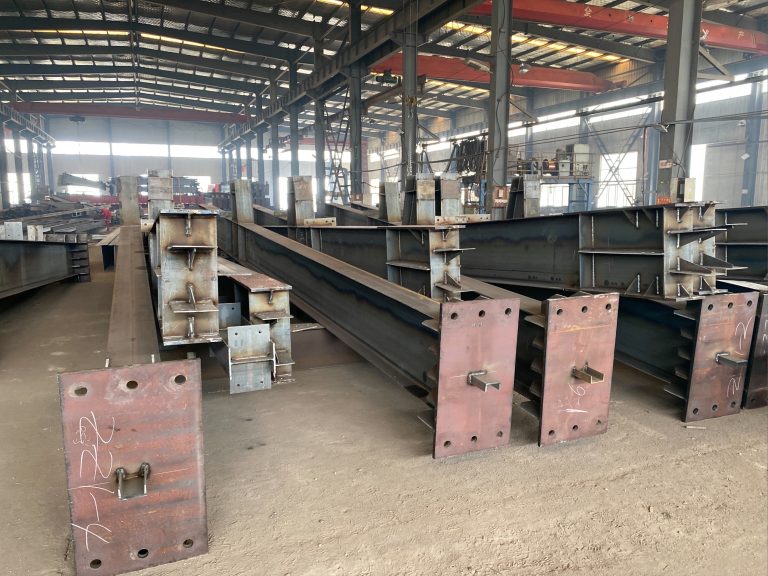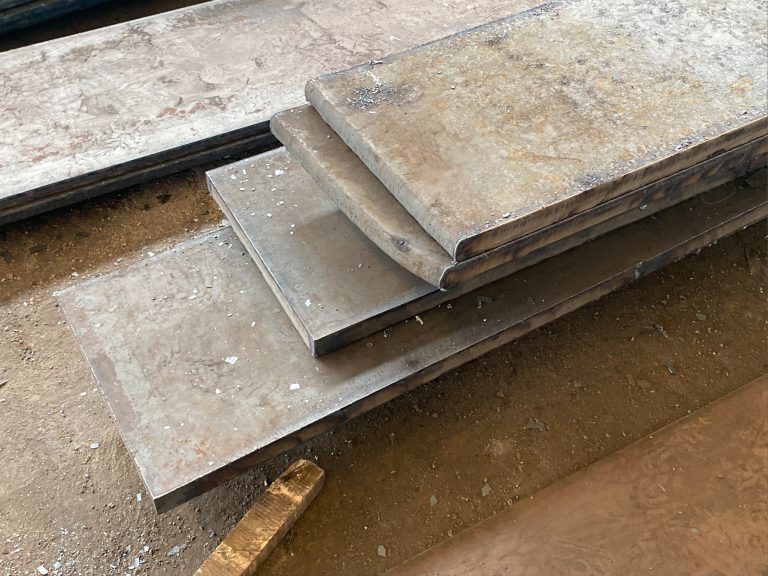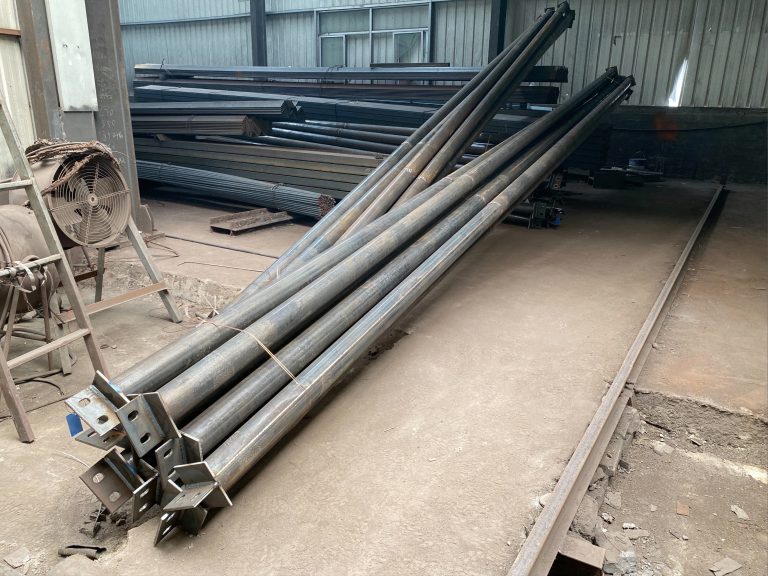Structural design and optimization of steel structure in wind power generation facilities
Table of Contents
Benefits of Using Advanced Computational Tools for Structural Design in Wind Power Generation Facilities
Wind power generation facilities play a crucial role in the transition towards renewable energy sources. These facilities rely on sturdy steel structures to support the massive wind turbines that harness the power of the wind. The structural design of these steel structures is of utmost importance to ensure the safety and efficiency of the wind power generation facility. Advanced computational tools have revolutionized the way structural design is carried out in these facilities, offering numerous benefits that enhance the overall performance and longevity of the steel structures.
One of the key benefits of using advanced computational tools for structural design in wind power generation facilities is the ability to optimize the design process. These tools allow engineers to simulate various load conditions and analyze the structural response, enabling them to fine-tune the design to maximize efficiency and minimize material usage. By optimizing the design, wind power generation facilities can achieve cost savings while maintaining the structural integrity of the steel structures.
Furthermore, advanced computational tools enable engineers to perform detailed structural analysis, taking into account factors such as wind loads, seismic forces, and dynamic effects. This level of analysis ensures that the steel structures are designed to withstand the harsh environmental conditions that they will be subjected to over their lifetime. By accurately predicting the structural behavior under different loading scenarios, engineers can make informed decisions to enhance the safety and reliability of the wind power generation facility.
In addition to optimizing the design and performing detailed structural analysis, advanced computational tools also facilitate the integration of innovative design concepts. Engineers can explore new structural configurations and materials, pushing the boundaries of traditional design practices to achieve more efficient and sustainable solutions. By leveraging the capabilities of these tools, wind power generation facilities can stay at the forefront of technological advancements in structural design, ensuring that they remain competitive in the rapidly evolving renewable energy industry.
Another significant benefit of using advanced computational tools for structural design in wind power generation facilities is the ability to streamline the design process and reduce time-to-market. These tools enable engineers to automate repetitive tasks, such as generating design iterations and performing complex calculations, saving valuable time and resources. By accelerating the design process, wind power generation facilities can expedite the construction of new facilities and increase their capacity to generate clean energy.
Moreover, advanced computational tools offer a high level of accuracy and reliability in predicting the structural performance of steel structures in wind power generation facilities. Engineers can rely on these tools to assess the safety and stability of the structures, ensuring compliance with industry standards and regulations. By leveraging the predictive capabilities of these tools, wind power generation facilities can mitigate risks and avoid costly structural failures, safeguarding their investments and reputation in the renewable energy sector.
In conclusion, the benefits of using advanced computational tools for structural design in wind power generation facilities are undeniable. From optimizing the design and performing detailed structural analysis to integrating innovative design concepts and streamlining the design process, these tools offer a comprehensive solution to enhance the performance and longevity of steel structures in wind power generation facilities. By embracing the capabilities of advanced computational tools, wind power generation facilities can achieve sustainable growth and contribute to the global transition towards a cleaner and greener future.
Strategies for Optimizing Steel Structures to Enhance Wind Resistance in Wind Power Generation Facilities
Structural design and optimization play a crucial role in ensuring the safety and efficiency of wind power generation facilities. Steel structures are commonly used in these facilities due to their high strength-to-weight ratio, durability, and cost-effectiveness. However, designing steel structures to withstand the dynamic loads and forces generated by wind can be a complex and challenging task. In this article, we will discuss strategies for optimizing steel structures to enhance wind resistance in wind power generation facilities.
One of the key considerations in the design of steel structures for wind power generation facilities is the selection of appropriate materials. High-strength steel alloys are often used to ensure the structural integrity of the facility under extreme wind conditions. These materials have the necessary strength and ductility to withstand the dynamic loads and forces exerted by the wind. Additionally, the use of corrosion-resistant coatings can help protect the steel structure from environmental factors, such as saltwater exposure in coastal areas.
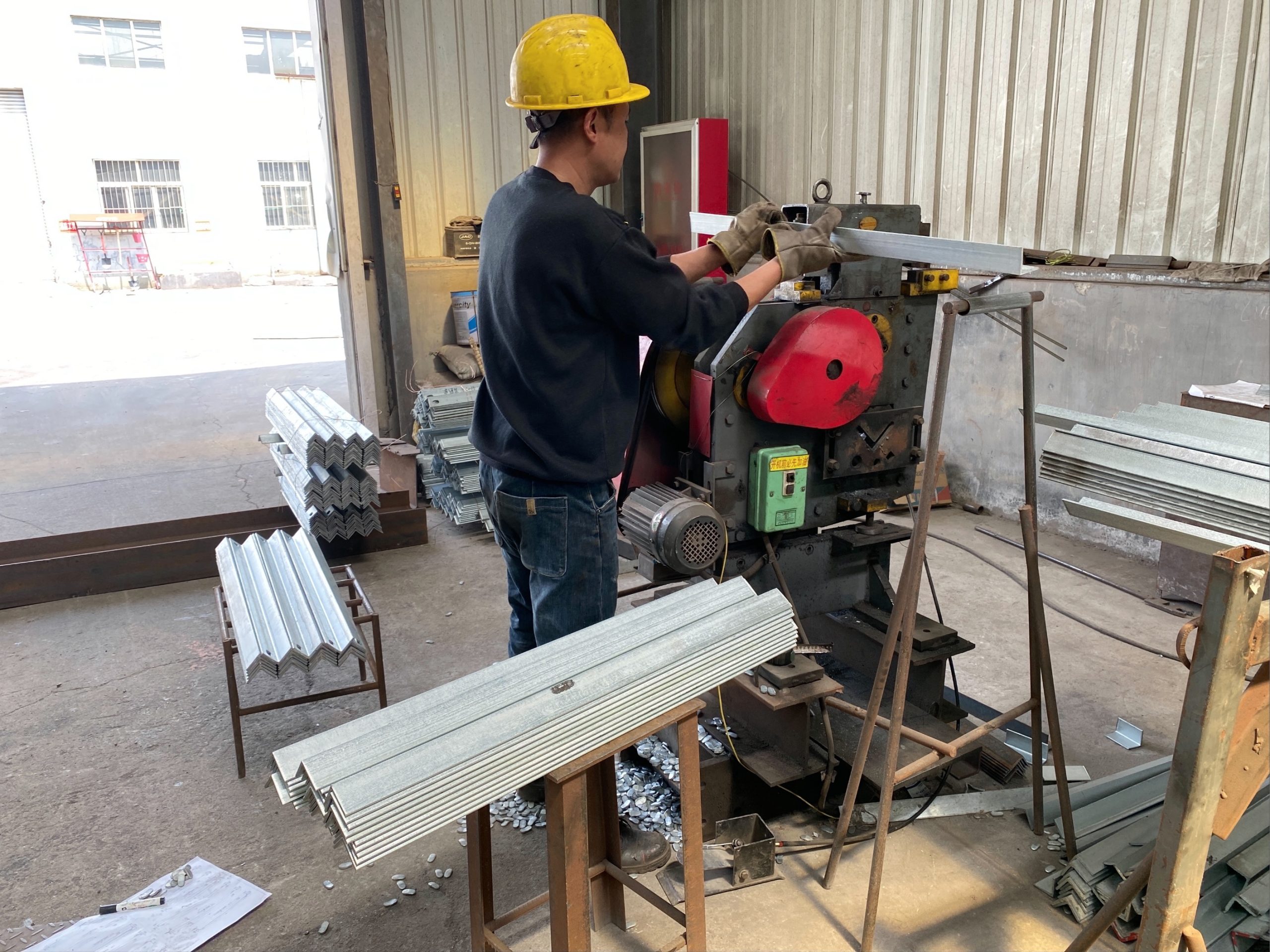
Another important aspect of optimizing steel structures for wind resistance is the design of the structural system. The layout and configuration of the steel members should be carefully planned to ensure optimal load distribution and resistance to wind-induced vibrations. By using advanced computer-aided design (CAD) software, engineers can simulate the behavior of the steel structure under different wind conditions and optimize the design accordingly. This allows for the creation of efficient and cost-effective structural systems that can withstand the forces of nature.
In addition to material selection and structural design, the use of innovative construction techniques can further enhance the wind resistance of steel structures in wind power generation facilities. Prefabrication and modular construction methods can help reduce construction time and costs while ensuring high-quality and precision in the assembly of the steel structure. By prefabricating steel components off-site and assembling them on-site, construction crews can minimize exposure to adverse weather conditions and improve overall safety on the job site.
Furthermore, the incorporation of advanced structural analysis techniques, such as finite element analysis (FEA) and computational fluid dynamics (CFD), can help engineers optimize the design of steel structures for wind resistance. These tools allow for the accurate prediction of the structural behavior under different wind conditions and enable engineers to identify potential weaknesses or areas of improvement in the design. By iteratively refining the design based on the results of these analyses, engineers can create steel structures that are both structurally sound and cost-effective.
In conclusion, the optimization of steel structures for wind resistance in wind power generation facilities is a multifaceted process that requires careful consideration of material selection, structural design, construction techniques, and advanced analysis tools. By implementing these strategies, engineers can create steel structures that are not only durable and reliable but also capable of withstanding the forces of nature. As the demand for renewable energy continues to grow, the importance of optimizing steel structures for wind resistance in wind power generation facilities will only increase. By staying at the forefront of technological advancements and best practices in structural design and optimization, engineers can ensure the long-term success and sustainability of wind power generation facilities around the world.

